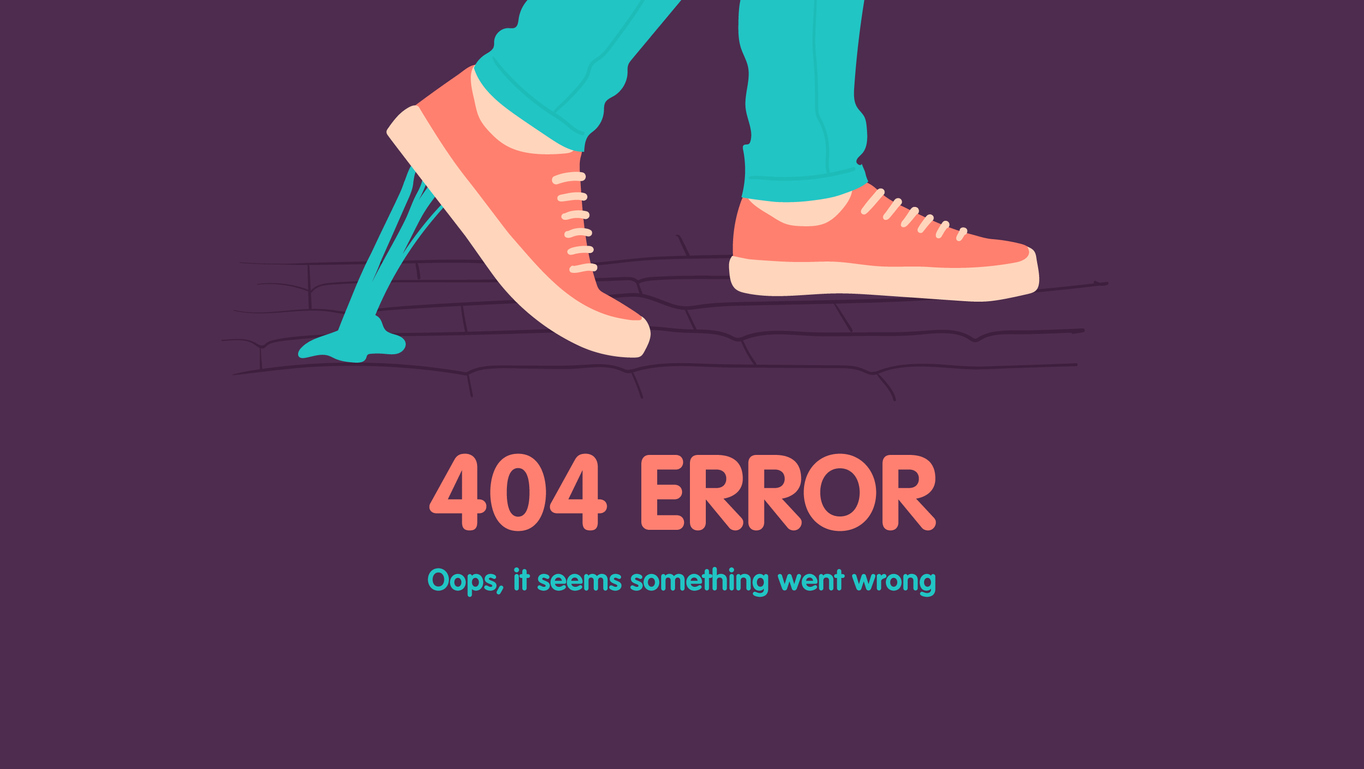
In the dynamic world of web design, the creation of a visually appealing and functional website is crucial for engaging users and establishing a strong online presence. Nevertheless, even the most seasoned designers can fall victim to common pitfalls, hindering the effectiveness of a website. In this post, we’ll explore some prevalent web design mistakes and provide insights on how to avoid them, ensuring a seamless and user-friendly online experience.
Ignoring Mobile Responsiveness:
In the current era where the majority of internet users access websites on mobile devices, overlooking mobile responsiveness is a significant oversight. A website that doesn’t adapt to various screen sizes can result in a poor user experience and negatively impact search engine rankings.
Avoidance Strategy:
To address this issue, it is essential to prioritize mobile responsiveness from the outset. Adopt a mobile-first design approach, ensuring that your website looks and functions seamlessly across a range of devices. Regularly test and optimize for different screen sizes to guarantee a consistent user experience.
Overlooking Page Speed:
In the age of instant gratification, users expect websites to load quickly. High bounce rates and decreased user satisfaction are common consequences of slow-loading pages, adversely affecting a website’s performance.
Avoidance Strategy:
To mitigate this challenge, optimize images, leverage browser caching, and minimize HTTP requests. Prioritize the use of efficient coding practices and consider content delivery networks (CDNs) to enhance page speed. Regularly test your website’s performance to identify and address speed-related issues promptly.
Cluttered and Complex Designs:
Excessive elements, crowded layouts, and overly complex designs can overwhelm users and detract from the intended message. Cluttered designs can lead to confusion, increased bounce rates, and a diminished user experience.
Avoidance Strategy:
To counter this, embrace a minimalist design approach. Streamline content, prioritize essential elements, and utilize white space effectively. Ensure that your design enhances readability and directs users’ attention to key information.
Inconsistent Branding:
Inconsistencies in branding elements, such as colors, fonts, and imagery, can dilute the overall impact of a website. A lack of coherence can confuse users and undermine the establishment of a strong and memorable brand identity.
Avoidance Strategy:
To maintain a cohesive brand identity, develop and adhere to a comprehensive style guide. Define consistent branding elements and guidelines for their usage. Regularly audit your website to ensure that branding remains cohesive across all pages and sections.
Poor Navigation Design:
Complex navigation structures or unclear menus can frustrate users and hinder their ability to find relevant information. Intuitive navigation is critical for a positive user experience and encourages visitors to explore your website further.
Avoidance Strategy:
To enhance navigation, simplify menus and ensure logical organization of content. Implement clear calls-to-action (CTAs) and maintain a consistent navigation structure throughout the website. User testing can provide valuable insights into the effectiveness of your navigation design.
Neglecting SEO Best Practices:
Designing a visually stunning website is essential, but neglecting search engine optimization (SEO) can limit its discoverability. Poor SEO practices can result in lower search engine rankings and reduced organic traffic.
Avoidance Strategy:
To address this, incorporate SEO best practices into your design process. Optimize images with descriptive alt text, use semantic HTML, and create a website structure that is easily navigable by search engine crawlers. Conduct keyword research and implement on-page SEO strategies to enhance visibility.
Conclusion: Elevating Web Design Through Awareness
By recognizing and avoiding these common web design mistakes, designers can elevate their creations to new heights. A user-centric approach, a focus on performance, and a commitment to consistent branding and SEO best practices contribute to a website’s success in the competitive online landscape. Regular audits, user testing, and a willingness to adapt to emerging trends are key elements in maintaining a website that not only captivates users visually but also delivers an optimal and seamless user experience.




